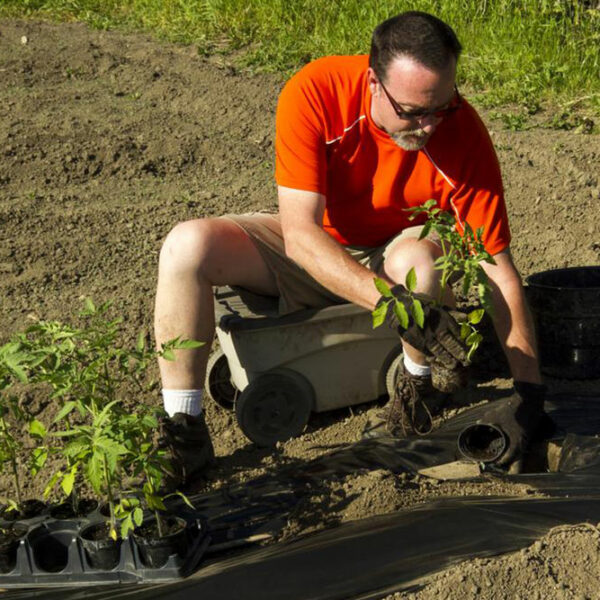
A brief insight into planting zones
Planting zones or hardiness zones are a geographically defined area that specifies the category of the plant that will be able to survive in that area. This includes its ability to withstand minimum and maximum temperature. Developed by Harvard’s Arnold Arboretum from Massachusetts, United States Department of Agriculture (USDA) in the year 1960 and revised in 1965, the planting zones help decide what crops and plants can be grown in the specified area, so that they do not wither away because of the unfavorable climatic conditions. A plant in Hardy zone or plant zone 1 is less resilient to the ones in plant zone 2. Most of the warmer zones (8, 9, 10 and 11) are in the southernmost part of United States and the relatively colder zones move towards the northern territory. There are zones where in it is difficult to choose the type of crop or plantation to go with as they experience severe climates throughout the year. The planting zones are 6 degrees apart from each other. For example, zone 1 is in the temperature range of 51 degree Celsius and zone 2 is of the range -45-degree Celsius zone 3 is 6 degrees warmer and so on.


